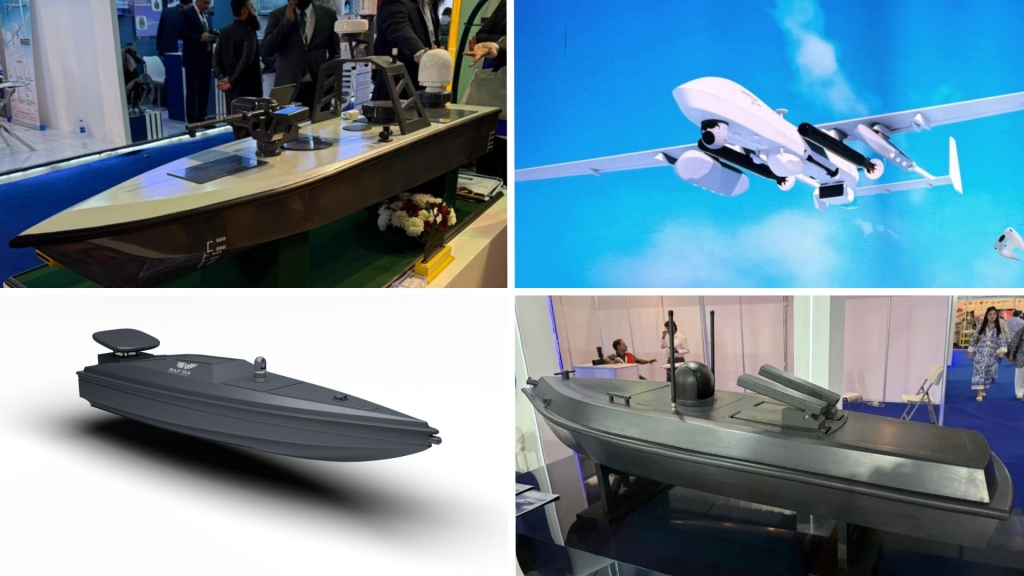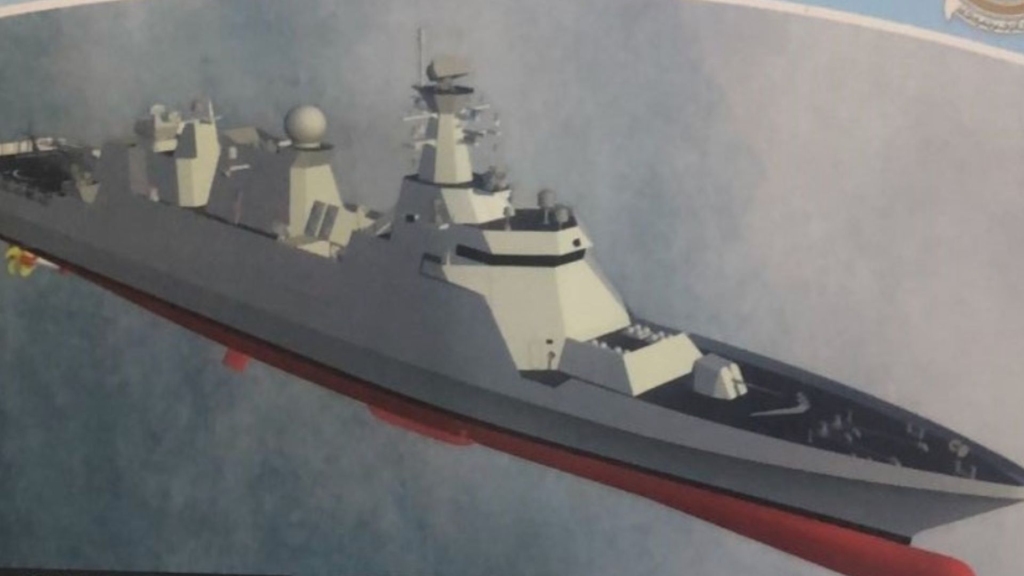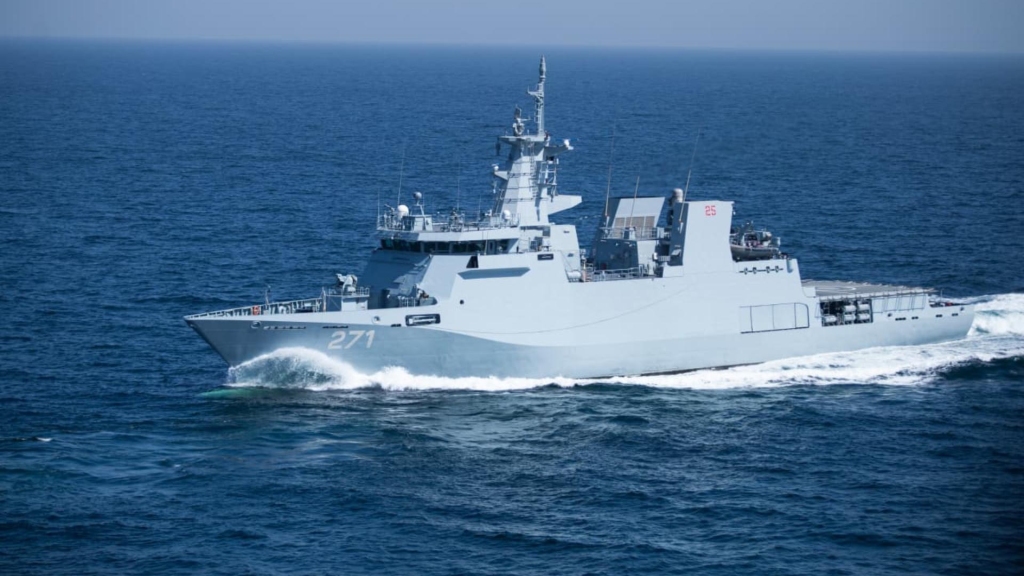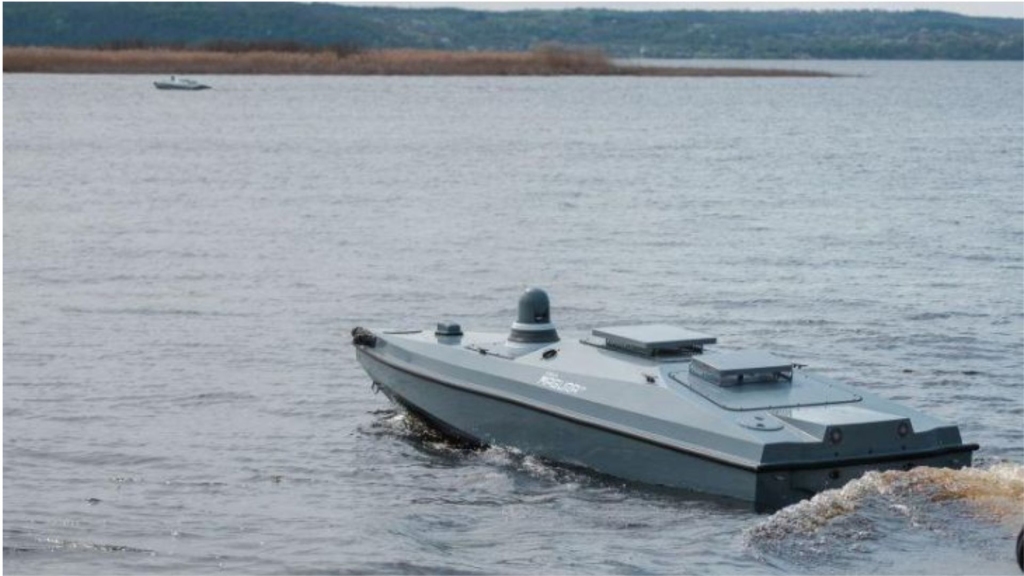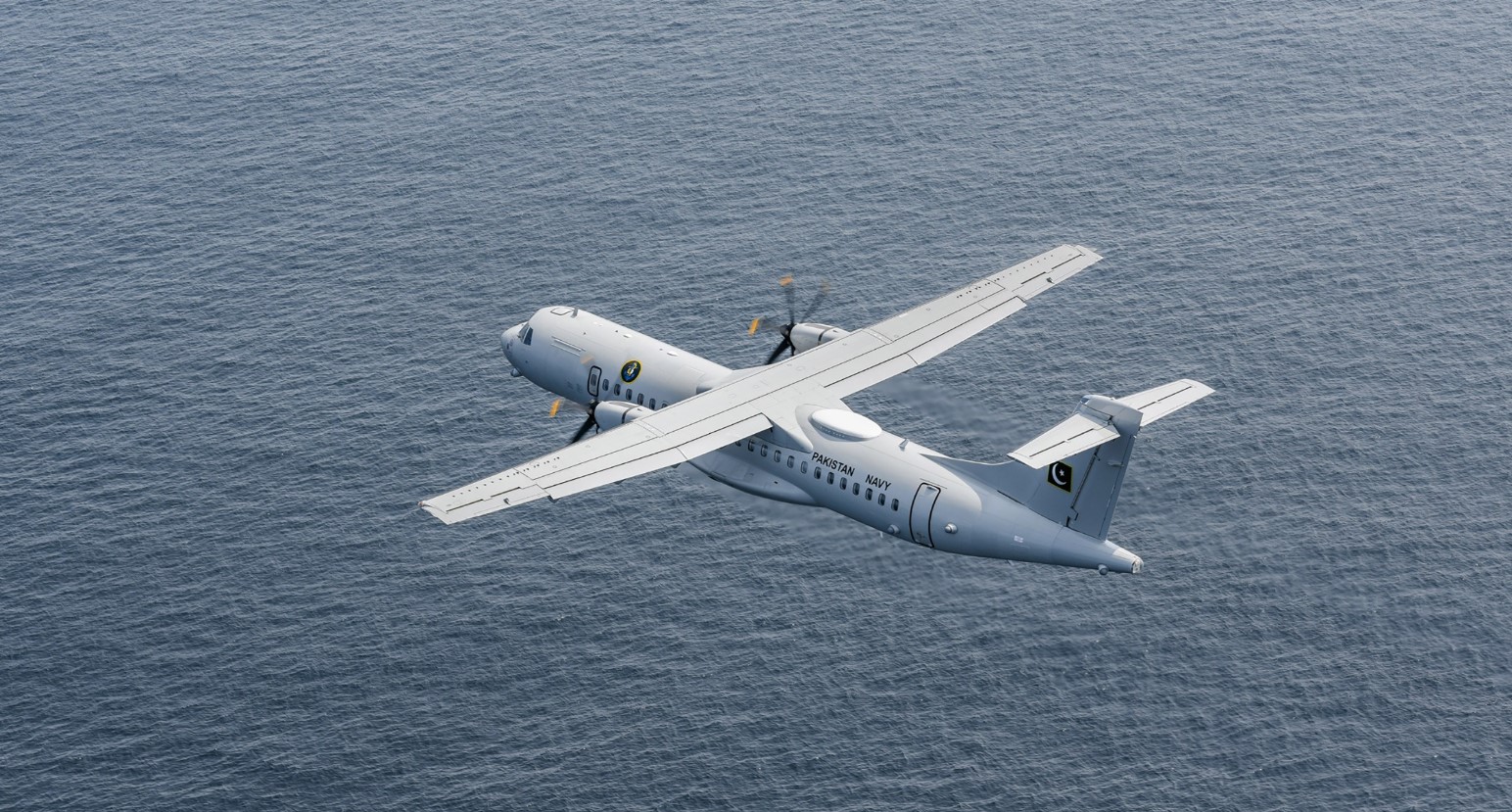7814Views
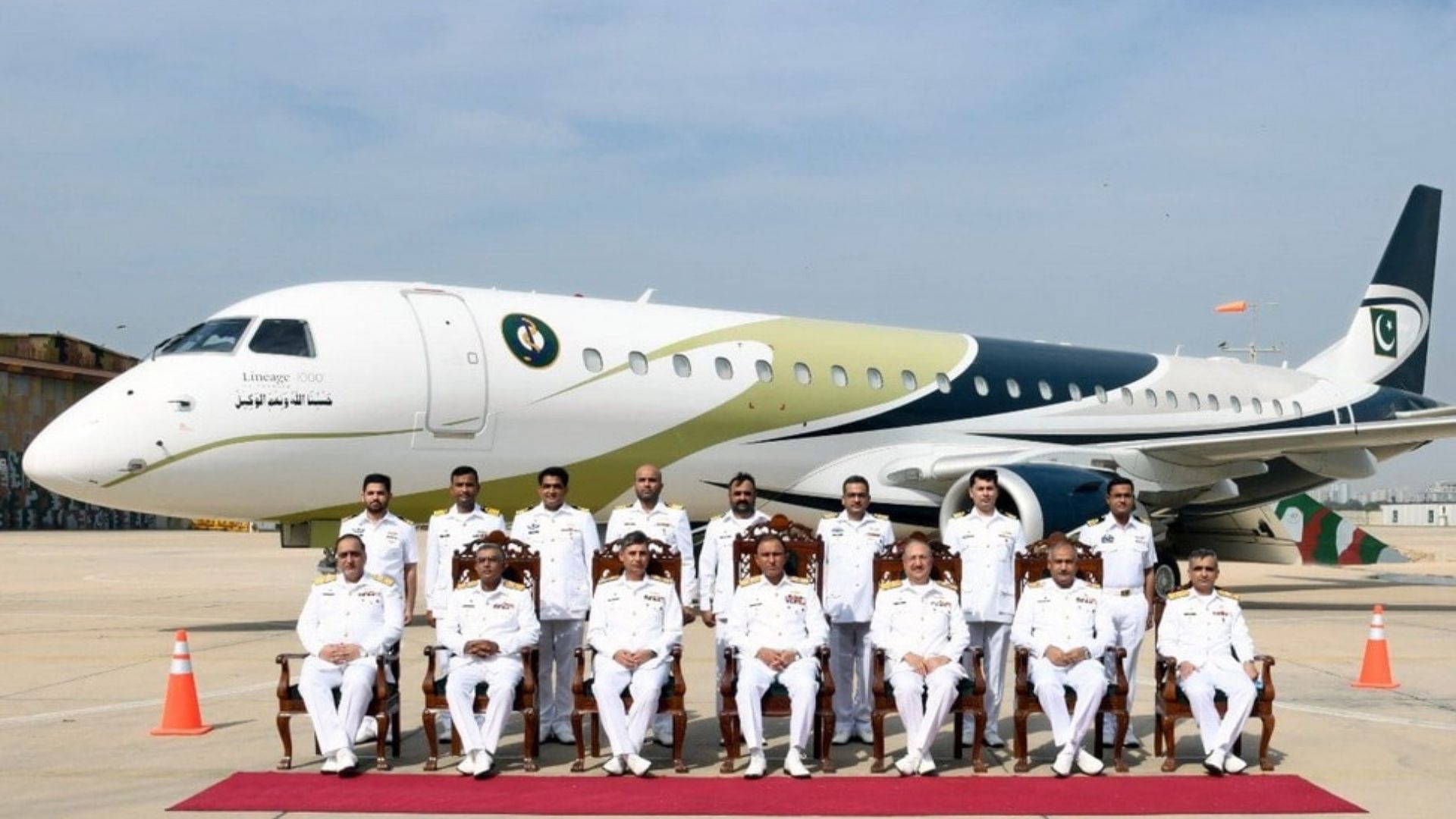
Sea Sultan Long-Range Maritime Patrol Aircraft (LRMPA)
The Pakistan Navy’s (PN) Sea Sultan Long-Range Maritime Patrol Aircraft (LRMPA) represents a significant modernization effort to replace its aging fleet of P-3C Orion maritime patrol aircraft. The PN currently has three Sea Sultan LRPMAs on order, but it intends to acquire 10 aircraft in total.
Overall, the Sea Sultan LRMPA is among several original PN programs, such as the forthcoming Jinnah-class frigate and 38.8 patrol boat. These projects signify the PN’s emerging approach of working with different overseas partners to co-design, co-develop, and co-produce solutions that closely deliver on the PN’s needs while working within Pakistan’s fiscal constraints.
Sea Sultan Program Background
The Sea Sultan program emerged from Pakistan’s need to replace its P-3C Orion fleet with a modern jet-powered platform. In 2018, the PN announced its interest in acquiring a new LRMPA, initially considering options from the United States.
In January 2020, the PN released a tender seeking one twin-engine jet-powered aircraft intended for use as a LRMPA. By October 2020, the PN announced that it acquired the aircraft, which was later revealed to be a second-hand Embraer Lineage 1000E. In September 2021, the PN officially launched the LRMPA program and designated the system as the “Sea Sultan”.
Program Development
Initially, Leonardo was selected as the prime contractor for the Sea Sultan program. Leonardo was tasked with designing, modifying, installing, and integrating the anti-submarine warfare (ASW) and general maritime patrol package. Leonardo was likely chosen at the time for its past experience in supplying subsystems and torpedo-release hardware for the PN’s RAS-72 Sea Eagle MPA.
South Africa’s Paramount Group was contracted to manage the Lineage 1000E’s pre-conversion as well as maintenance, repair, and overhaul (MRO) work.
However, in 2021, it seemed that the PN adjusted the terms for each contractor, with Paramount Group becoming the lead contractor and Leonardo focusing specifically on supplying hardware.
In addition, the PN also contracted the South African company Aerosud. Aerosud is supplying two sets of specialized interiors for the Sea Sultan, including mission-specific components like galleys, observer tables, class dividers, and equipment stowages. The design work for these inputs lasted for 18 months and was completed in early 2024, with manufacturing starting in May 2024.
Sea Sultan LRMPA Specifications
Base Platform (Embraer Lineage 1000E)
- Length: 36.24 m
- Wingspan: 28.72 m
- Maximum Takeoff Weight: 54,500 kg
- Range: 8,500 km
- Service Ceiling: 12,000 m
- Cruise Speed: Mach 0.82
Expected Subsystems
- Main Search Radar: TBC (likely Leonardo Seaspray 7300E AESA radar)
- Electro-Optical/Infrared Turret: TBC
- Electronic Support Measures (ESM): TBC (likely RIBAT)
- Defensive Aids Measures: TBC (likely RWR, MAWS, and Chaff/Flares)
- Communications: TBC (likely HF/VHF/UHF and SATCOM)
Operational Roles
- Anti-Submarine Warfare (ASW)
- Anti-Surface Warfare (ASuW)
- Intelligence, Surveillance, and Reconnaissance (ISR)
- Search-and-Rescue (SAR)
Key Capabilities of the Sea Sultan LRMPA
Multi-Mission Platform
The Sea Sultan LRMPA will be a fully capable ASuW, ASW, and ISR platform.
In terms of ASuW, a scaled mock up of the Sea Sultan suggests the aircraft could be armed with four anti-ship missiles (AShM). It is unclear if these AShM will be a cruising missile or air-launched ballistic missiles (ALBM). However, it is worth noting that Pakistan is developing its own series of compact, but long-range, air-launched cruise missiles (ALCM).
It is unclear how Paramount Group will configure the Sea Sultan’s ASW capabilities. For example, it may use external hardpoints (like the RAS-72) for lightweight torpedoes, or an internal bay that is attached to the fuselage. External hardpoints would mean creating trade-offs between the Sea Sultan’s ASuW and ASW payloads. It is not known what torpedoes the Sea Sultan will use, but as with AShM solutions, Pakistan is also developing its own lightweight torpedo (Eghraaq).
As part of its original tender for an aircraft platform, the PN specified that it will use the LRMPA for ‘airborne early warning’ (AEW). It appears that an AEW role would be integrated into the LRMPA via its standard sensor suite. So, one could see a scenario where the main search radar is used for providing other air and surface platforms with situational awareness.
In addition, the Sea Sultan will also be equipped with an ESM suite. One could reasonably expect the PN to configure the domestically built RIBAT ESM suite to the LRMPA. This would provide the aircraft with electronic intelligence (ELINT) capabilities, i.e., an array of passive sensors designed for monitoring airspace for all enemy radar and communications emissions. These ELINT systems will record the transmissions of those radar and communications signals for use in threat libraries for electronic countermeasures (ECM)-based jamming and spoofing systems.
Extended Range for Long-Endurance Missions
As the Sea Sultan is based on the Embraer Lineage 1000E, it will leverage that aircraft’s range and endurance benefits. For example, the Lineage 1000E provides a ferry range of over 4,000 nautical miles, a significant boost compared to the 2,500 nautical mile range of the airliners the Lineage 1000E is based on, the E190-E2 and E195-E2.
Indigenous Subsystems Integration
The PN already leverages an array of domestically built subsystems, most notably the RIBAT-line of ESM systems and the ‘Link Green’ tactical data-link (TDL) protocol. It is likely that the new Sea Sultan LRMPAs will use both of these subsystems.
It is unclear if the Sea Sultan will use domestically designed sensor systems, such as an EO/IR turret or main search radar. However, both types of sensors are currently under development in Pakistan, with multiple vendors (such as NRTC and NASTP) engaging in radar work.
Indigenous Weapons Compatibility
It seems that Pakistan is working towards configuring the Sea Sultan with homegrown weapon systems. For example, the Pakistani defence industry recently revealed the Rasoob 250 ALCM and Eghraaq lightweight torpedo (LWT).
In the context of the Sea Sultan, the Rasoob 250 would make for a plausible option as its design echoes some of the concepts found in other lightweight ALCMs, like the Joint Strike Missile (JSM). The Rasoob 250 weighs 285 kg and offers a maximum range of 350 km.
While its warhead is small compared to most other anti-ship missiles (at 75 kg), Pakistan could potentially develop a larger variant optimized for the Sea Sultan specifically (and, consequently, closer in dimensions and weight to the JSM).
The Eghraaq is classed as an “ultra-lightweight” torpedo similar in capabilities to the Leonardo MU90 or Saab Torped 47. If it materializes, the Eghraaq could be a likely choice for use from the Sea Sultan. An accompanying sonobuoy is also under development.
For More Pakistan Navy News and Analysis
November 12, 2025
November 7, 2025

